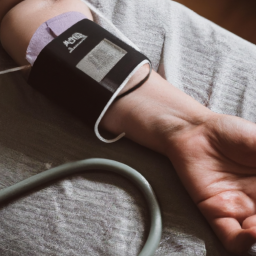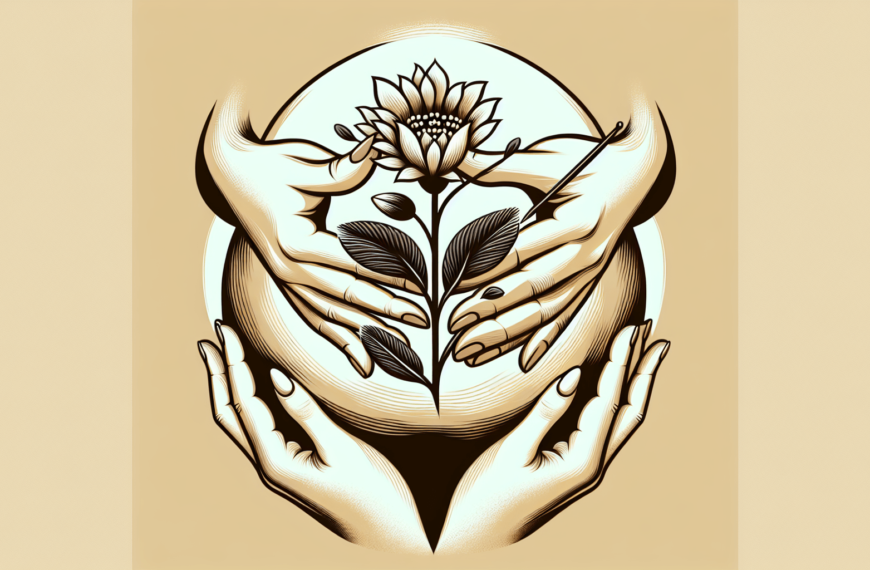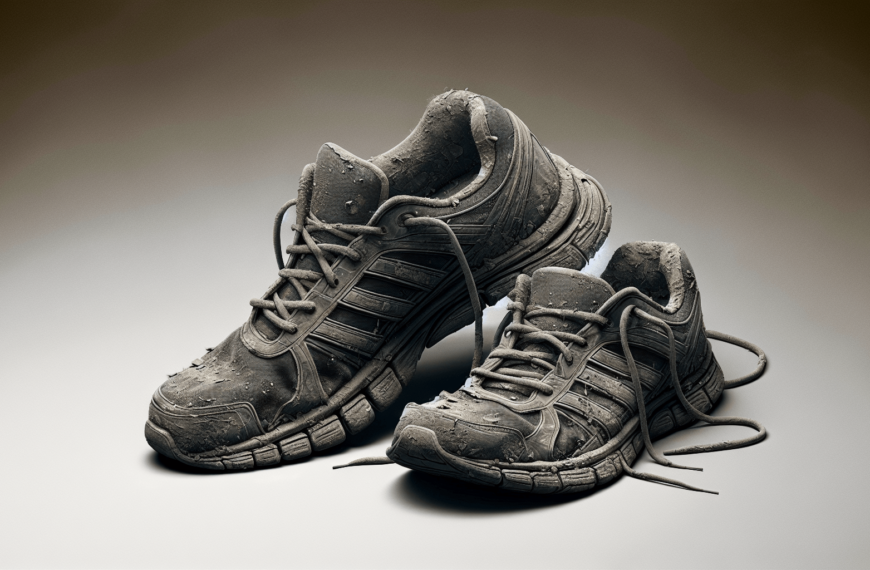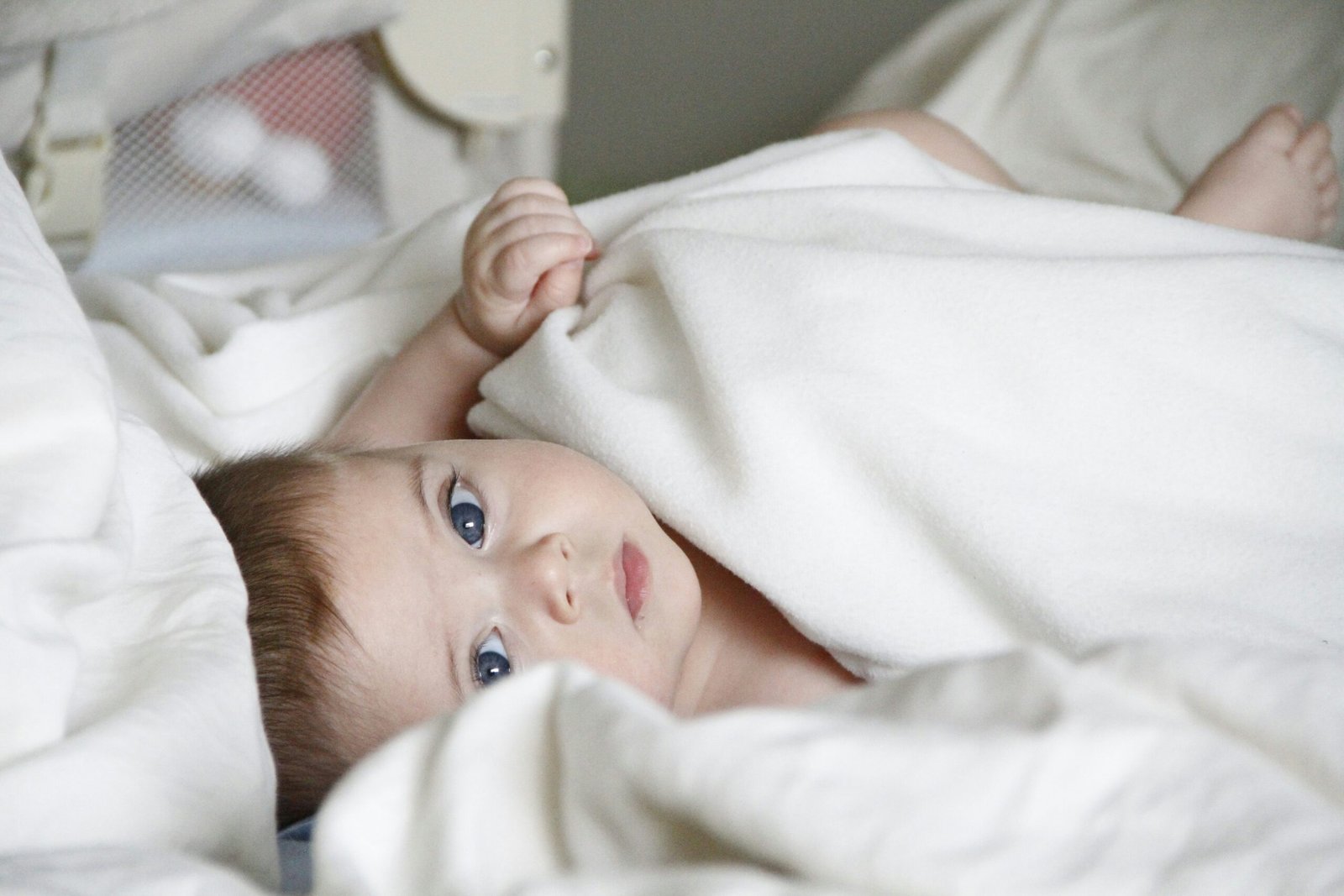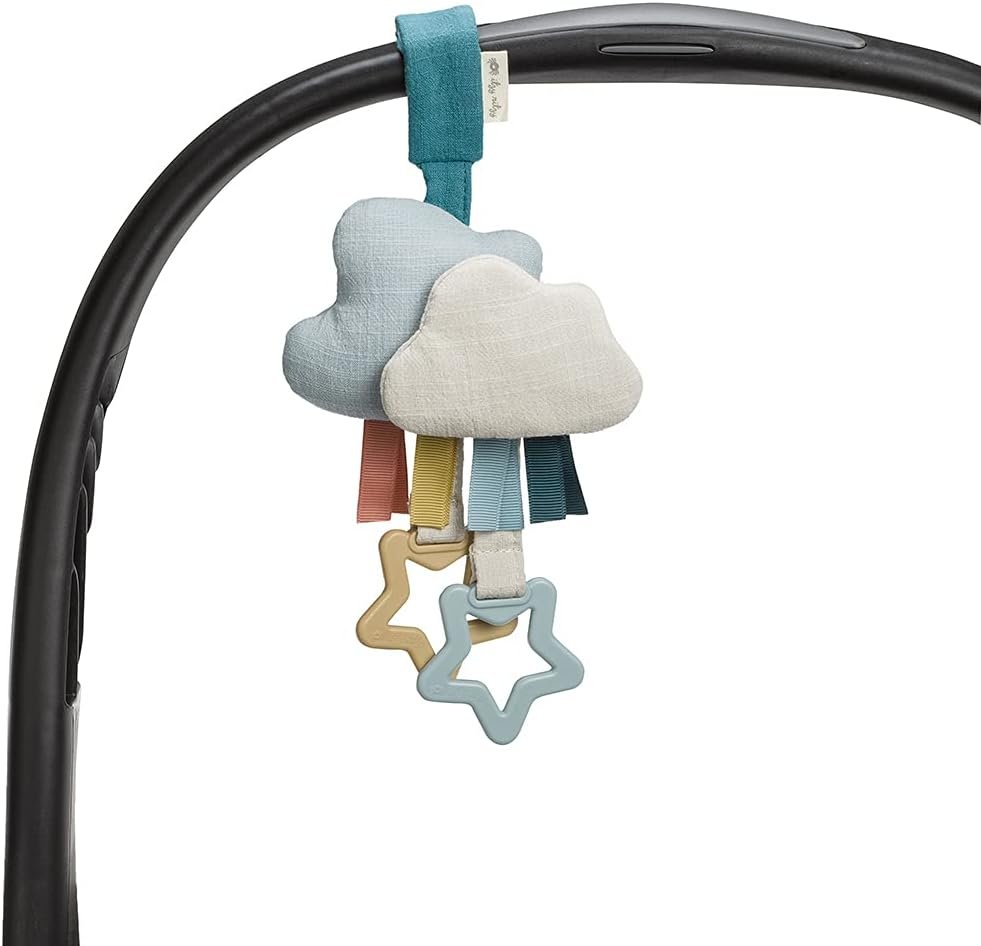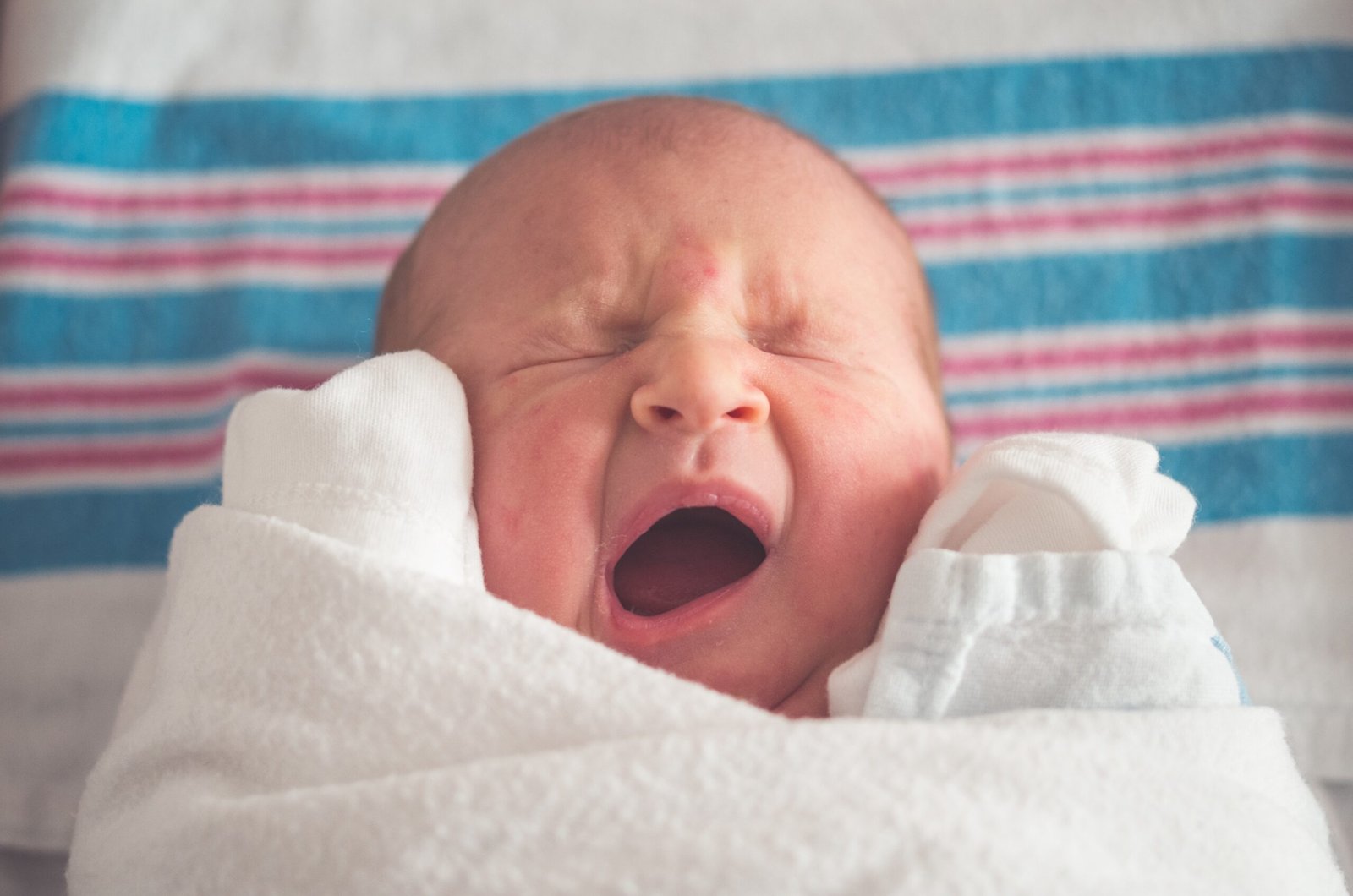The article titled “23 Signs You’re Having a Girl (Supposedly)” explores the various myths and old wives’ tales surrounding pregnancy and gender prediction. From how a woman carries the baby to her pregnancy symptoms, people have long speculated about the gender of an unborn child. However, the truth is that these signs are not reliable indicators of a baby’s sex. Every pregnancy is unique, and factors such as hormones, genetics, and overall health can influence the way a woman experiences pregnancy. While these signs may be entertaining, it is important to remember that they are not scientifically proven.
Read more about the latest articles
1. How You Carry
According to one myth, the way a pregnant woman carries her baby can indicate the gender. If the baby bump is high, it is believed that she is carrying a girl, whereas a low bump is associated with carrying a boy. However, this myth has no scientific evidence to support it. The way a woman carries her baby is dependent on various factors such as her body shape, muscle tone, and position of the baby. Additionally, in first pregnancies, the abdominal wall may not be as stretched, leading to a higher bump, whereas subsequent pregnancies may appear lower.
Read more about the latest articles
2. Quick Fetal Heart Rate
Another supposed sign of having a girl is a quick fetal heart rate. However, the heart rate of a baby increases as it grows, regardless of the gender. Initially, the heart rate is around 90 to 110 beats per minute, and it peaks at 140 to 170 beats per minute around the ninth week of pregnancy. While it can be exciting to monitor the baby’s heart rate, it does not provide any indication of the gender.
3. Craving Sweets
Craving sweets is often associated with having a girl. The saying “sugar, spice, and everything nice” is used to describe little girls. However, pregnancy cravings, including cravings for sweets, are more likely related to hormonal changes and nutritional deficiencies rather than the baby’s gender. It is essential to focus on maintaining a balanced and nutrient-rich diet during pregnancy.
4. Skin Troubles
Some believe that experiencing skin troubles, such as acne or oiliness, during pregnancy is a sign of having a girl. However, hormonal fluctuations during pregnancy are responsible for changes in the skin, regardless of the baby’s gender. Increased levels of hormones can lead to increased sebum production, which can result in acne breakouts or oily skin. Taking care of the skin through a gentle cleansing routine and consulting with a dermatologist can help manage these skin issues.
5. Excessive Morning Sickness
Experiencing excessive morning sickness is often associated with having a girl. However, morning sickness, which includes feelings of nausea and vomiting, is a common symptom of pregnancy and can vary from woman to woman. It is caused by hormonal changes, particularly increased levels of human chorionic gonadotropin (hCG) and estrogen. The severity of morning sickness does not provide any reliable information about the baby’s gender.
6. Dramatic Mood Swings
Mood swings during pregnancy are a result of the hormonal fluctuations that occur. While some believe that experiencing dramatic mood swings indicates having a girl, the reality is that the hormonal changes affect every pregnant woman differently. Hormones such as estrogen and progesterone can impact neurotransmitters in the brain, leading to emotional changes. It is essential to practice self-care and seek support if mood swings become overwhelming.
7. Intense Heartburn
According to a myth, experiencing intense heartburn during pregnancy is a sign of having a girl. However, heartburn is a common symptom of pregnancy, regardless of the gender of the baby. Increased levels of the hormone progesterone can cause the relaxation of the muscles in the esophagus, leading to reflux of stomach acid and the sensation of heartburn. Making lifestyle changes, such as eating smaller meals and avoiding trigger foods, can help alleviate heartburn symptoms.
8. Hair and Nail Weakness
Some believe that if a pregnant woman’s hair and nails become weak, it signifies having a girl. However, hormonal changes in pregnancy, particularly increased estrogen levels, can actually enhance hair and nail growth. Hair may appear thicker and healthier due to prolonged hair growth phase during pregnancy. Changes in hair and nails during pregnancy are not reliable indicators of the baby’s gender.
9. Weight Gain
Weight gain during pregnancy is a normal and expected part of the process as the body prepares to nurture the growing baby. While some believe that not gaining much weight during pregnancy suggests having a girl, the reality is that every pregnancy is different. Factors such as appetite, experience with morning sickness, and diet can influence weight gain. It is important to follow a well-balanced diet recommended by healthcare professionals to support the healthy development of the baby.
13. Pale Urine
One old wives’ tale suggests that having pale urine is a sign of having a girl. However, the color of urine can vary depending on factors such as hydration levels and the body’s elimination of waste products. It is essential to maintain good hydration during pregnancy, but the color of urine does not provide any accurate information about the baby’s gender.
In conclusion, these supposed signs of having a girl during pregnancy are mostly old wives’ tales and lack scientific evidence. It is important to remember that every pregnancy is unique, and the gender of the baby is determined by genetics, not by various myths or superstitions. The most reliable way to determine the baby’s gender is through medical tests such as ultrasound or genetic testing. Enjoy the journey of pregnancy and focus on taking care of your health and well-being.





